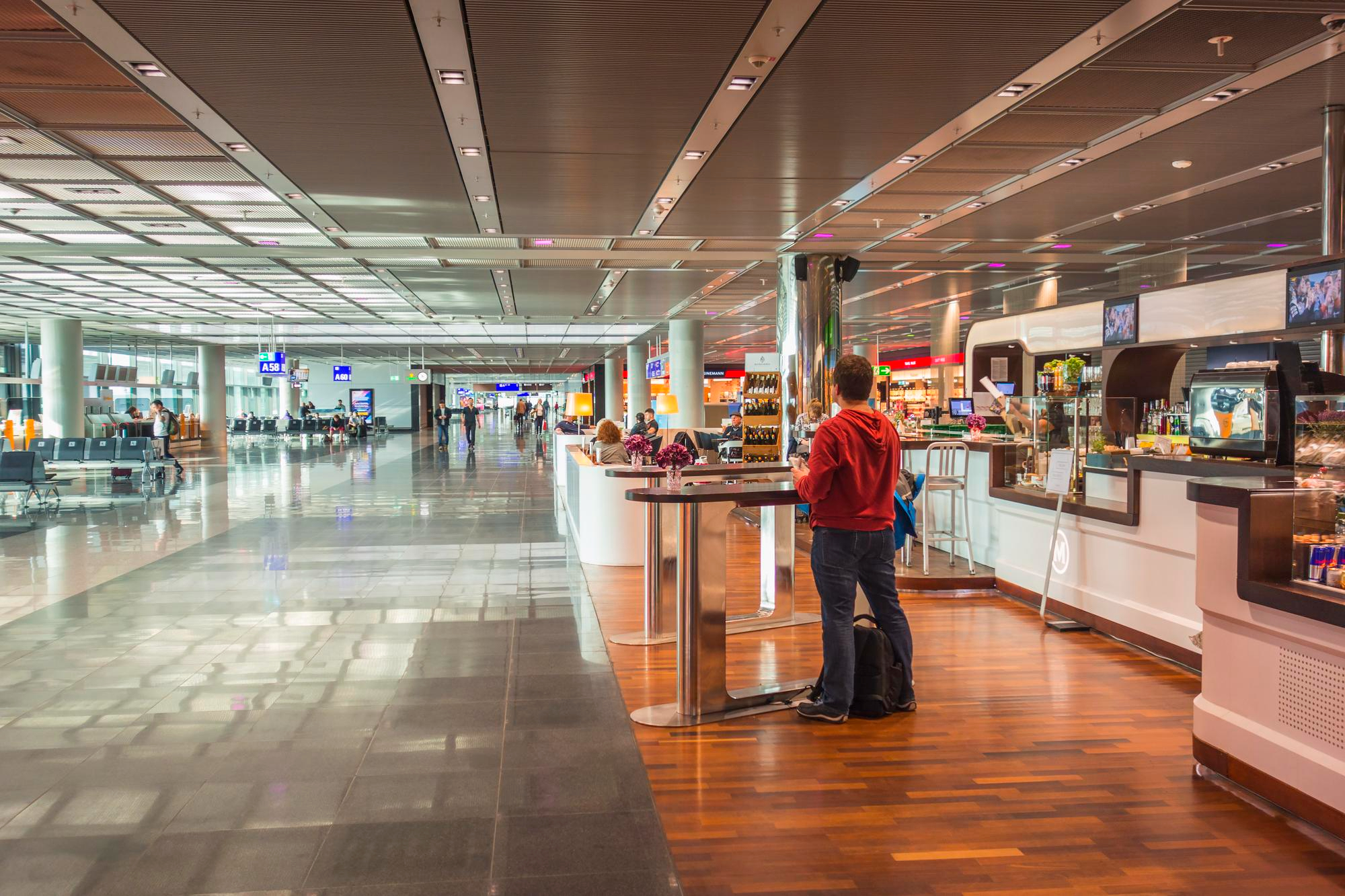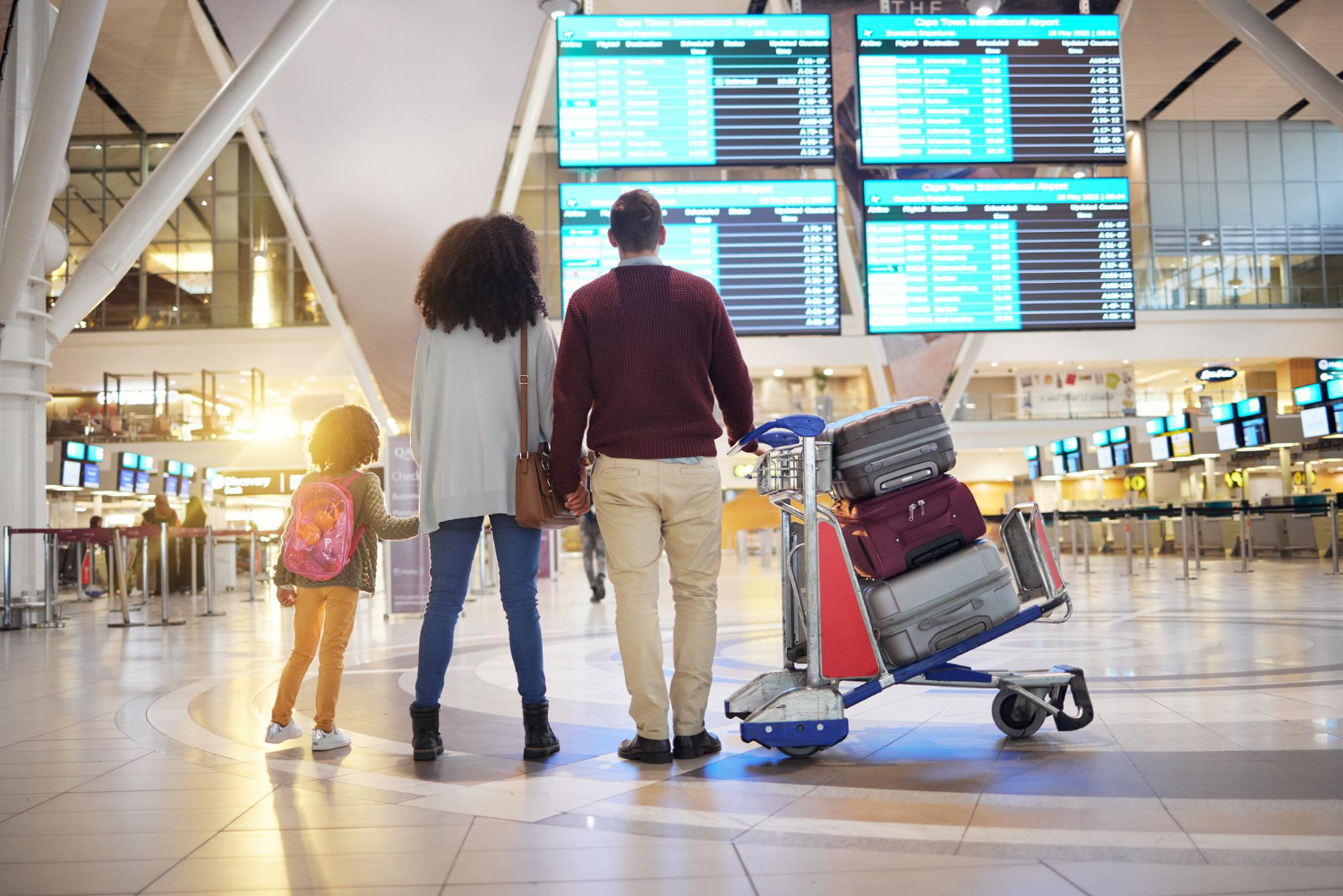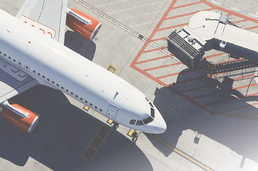The Business of Airports: Rethinking Non-Aeronautical Revenues
- 2025-11-13
Ilia Lioutov, Head of Economics and Middle East Office at ACI Asia-Pacific & Middle East, explores how non-aeronautical business has evolved into the strategic engine of airport's financial resilience, with future of airport commercial operations defined by reimagining, sharing, and sustaining value through data, diversification, and adaptive strategy.
I had the honour to speak at the 2025 MEADFA Conference in Dubai on the evolving economics of non-aeronautical revenues. In my capacity as Head of Economics and Middle East Office at Airports Council International Asia-Pacific & Middle East (ACI APAC & MID), I presented an analytical overview of recent trends, structural shifts, and policy considerations shaping what has become one of the most decisive components of airport financial performance.
Although my current responsibilities extend across a broad spectrum of topics—from aeropolitical affairs to privatisation frameworks and capital expenditure needs—the subject of commercial revenues remains one of the most intellectually engaging. It is a field where economics, consumer behaviour, commercial acumen and design intersect, and where every decision has both quantitative and human dimensions.
Systemic Approach
During the pandemic, when aviation activity reached historic lows, ACI adopted a more systemic approach to non-aeronautical activities. As the inaugural Secretary of the Airports' Non-Aeronautical Revenues and Activities (ANARA) Subcommittee back in the day together with the Chair and Vice Chair, I had the opportunity to contribute to defining its architecture and establishing thematic working groups, including those on travel retail and concession agreements. The outcome was a structured platform of guidance and intelligence that continues to support airports and commercial partners in addressing practical and policy challenges.
Beyond Self-Regulation
Historically, much of the industry’s analytical attention was directed toward aeronautical regulation, while commercial activities were considered as self-regulating and in little need of policy oversight. This assumption has proved incorrect. Non-aeronautical domains are deeply affected by fiscal, competition, consumer protection, and customs regimes, often more visible and complex than aeronautical regulation itself. Moreover, many smaller airports in emerging markets lack benchmarks and technical knowledge to unlock their commercial potential—an issue that requires systematic industry guidance.
Key Performance Metrics
ACI’s latest Key Performance Indicators shows that in 2023, non-aeronautical revenues represented 36.7 percent of total airport income worldwide, compared with 40.2 percent in 2019. Despite the slight decline in share, the absolute value of commercial revenues remains significant as traffic recovers. The Middle East continues to perform strongly, with an average non-aeronautical income of more than USD 16 per passenger, more than twice the global average. This reflects both purchasing power and a deliberate investment in retail experience, not to mention the overall economic boom in the Middle East in addition to the high share of international transfer traffic.
The post-pandemic period has brought a fundamental reconfiguration of contractual relationships between airports and concessionaires. Traditional fixed-rent models have given way to more adaptive frameworks, including passenger-based Minimum Annual Guarantees and hybrid revenue-sharing mechanisms. These adjustments reflect a recognition that commercial sustainability depends on the equitable distribution of risk rather than contractual rigidity.

Evolving Consumer Behaviour
Several factors underpin these structural changes. Consumer behaviour has evolved towards experience-driven and value-conscious purchasing, with greater digital engagement and declining dwell times. The traditional retail paradigm, based on impulse luxury and wide cross-border price differentials, has eroded due to global price harmonisation and pre-trip digital research. As a result, the first commercial interaction increasingly occurs online, long before the passenger reaches the terminal.
Currency dynamics and geopolitical shifts further complicate the environment. For markets with pegged currencies, such as in the Gulf region, stability provides predictability but also limits flexibility. Elsewhere, exchange-rate volatility continues to redirect spending patterns between destinations, sometimes within weeks. Similarly, the gradual but incomplete return of Chinese outbound travel, coupled with the relocation of luxury consumption to Hainan’s free-trade zone, is redefining global duty-free flows. These developments highlight the growing need for diversification across nationalities, products, and channels.
Beyond the immediate market response, three long-term forces will shape the next decade of airport commercial growth: digitalisation, sustainability, and demographic transformation.
- Digitalisation now constitutes an economic strategy in its own right. Airports increasingly rely on data-driven advertising, dynamic pricing, and mobile ordering applications that transform attention into revenue. Artificial intelligence is beginning to enter retail personalisation, enabling predictive engagement rather than reactive selling.
- The sustainability agenda has also become integral. Concessionaires are evaluated not only on profitability but also on their environmental footprint and supply-chain integrity. ESG metrics are progressively embedded in concession tender criteria, linking commercial outcomes to broader social and environmental responsibilities.
- Demographic change is equally consequential. A young, expanding middle class in emerging markets, such as Saudi Arabia, Vietnam and India is driving short-haul leisure travel and affordable self-purchase segments, while ageing populations in advanced economies of Japan and Korea are shifting demand toward comfort, wellness, and provenance-led consumption. This bifurcation of demand necessitates increasingly differentiated commercial strategies, from family-oriented facilities to premium experiential retail.

A Strategic Imperative
These converging dynamics imply that the commercial side of the airport business can no longer be treated as secondary or residual. It is both a financial stabilizer and a strategic instrument of resilience. The capacity to generate diversified, data-driven, and adaptive non-aeronautical income will increasingly determine airports’ long-term competitiveness.
ACI Asia-Pacific & Middle East will further examine these trends in the upcoming Study on Travel Retail in the Post-Pandemic Era, to be presented at the Trinity Forum in Doha in February 2026. The report will provide analytical evidence and policy recommendations aimed at strengthening commercial sustainability across airports of different scales and market profiles.
The research will explore who buys, how much, and why — by nationality, age, route, and purpose of travel — and benchmark digital engagement and spending intensity across markets. It will investigate the questions that define the future of airport commerce. What sets apart a premium indulgence buyer from a purposeful high-ticket shopper? What motivates a gifting and souvenir grazer to evolve into a more engaged, high-value customer? How can a low-engagement non-shopper be inspired to spend? A data-driven framework will translate travellers’ behaviour into actionable commercial strategies for airports and retailers alike.
My appreciation extends to MEADFA, TFWA, and all partners who continue to contribute to the advancement of this vital area of airport economics. The future of airport commerce lies not in the replication of past models but in the disciplined reinvention of how value is created, shared, and sustained.
- CATEGORY
- COUNTRY / AREA
- Dubai
- AUTHOR
- Ilia Lioutov, Head of Economics and Middle East Office ACI Asia-Pacific & Middle East








